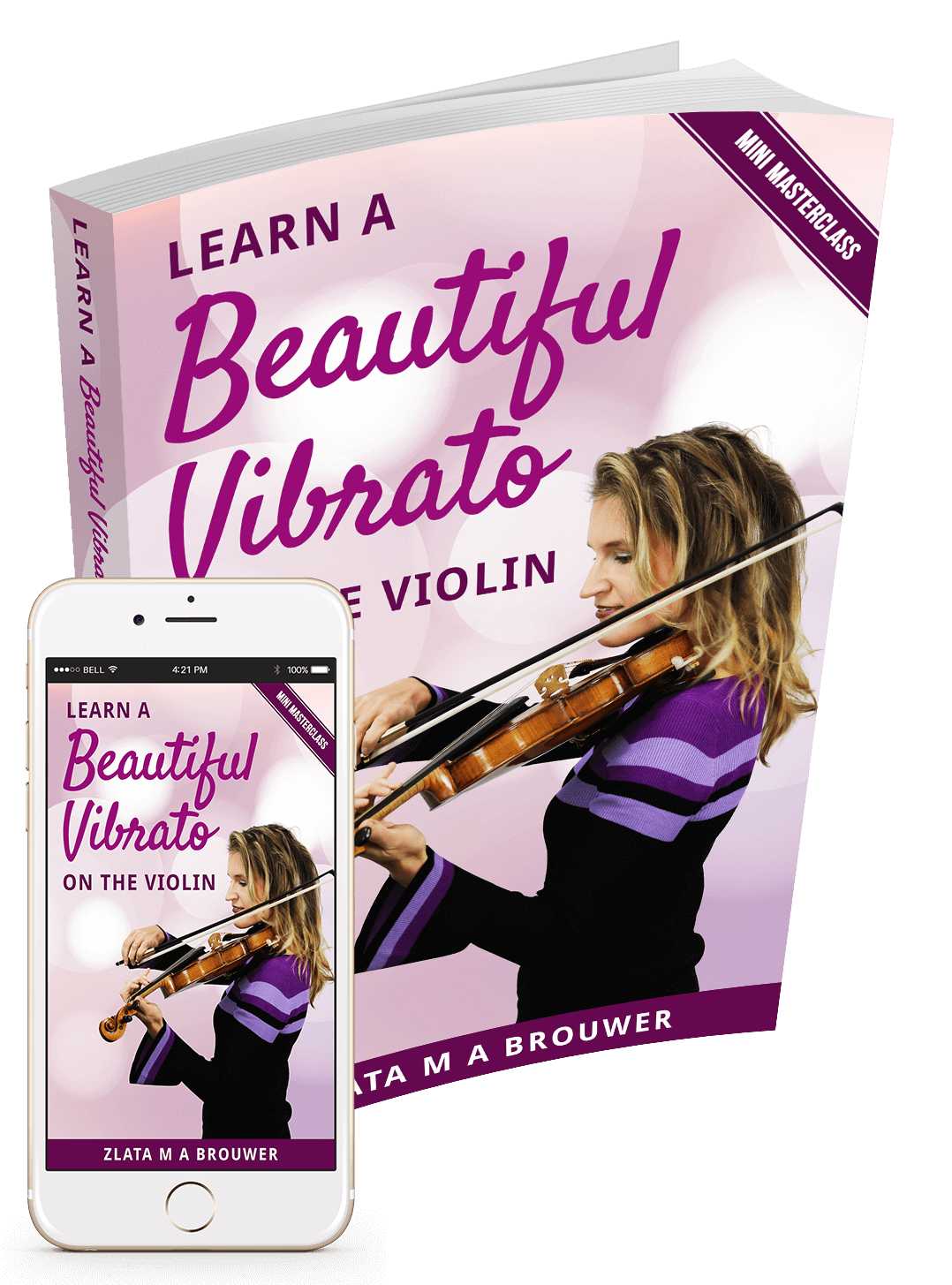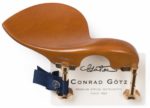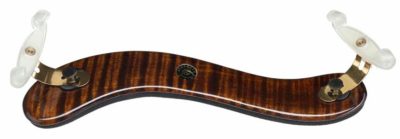Learn Itzhak Perlman’s Practice Schedule
Use Itzhak Perlman’s 3 hour practice schedule to improve your violin technique
Get fast progress and learn the most beautiful repertoire by practicing effectively
The secret to effective practice on the violin is a good balance in technique and repertoire
First hour: Scales
Scales are the laboratory for your violin technique. They mainly serve to get to know the fingerboard and the distances between the notes. Music is made out of scales and you should really have them in your fingers. Besides that you can use scales to practice particular bowing techniques.
Practice a different key every day, playing the scales, arpeggio’s and double stops. You can find those in the scale book Perlman used from a young age: Scale System by Carl Flesch.
In practicing scales it’s important to listen very carefully and go back when something is out of tune. Don’t just correct the note, but practice the transition from the previous note to that note. In that way you’ll learn the distance and how to get to that note.
Second hour: Etudes
In the second hour you practice etudes and technical exercises. In the first years you can start with Wohlfahrt etudes, move to Mazas and Fiorillo etudes later and practice more advanced etudes by Kreutzer, Dont and finally Paganini caprices.
Every etude is aimed at a certain technique. Think about the repertoire you’re playing and about which technique you want to improve on. Choose an etude that ‘teaches’ you that technique. You certainly don’t have to follow the sequence of the etude book you picked.
In addition to etudes you can do technical exercises by Dounis and Ševčík.
PS: You might not be familiar with all the name dropping here. The good news is that most etudes book are old and therefore right free. You can Google the names and download most books for free :).
Improve your violin bowing technique
Enjoy my FREE mini Masterclass 5 Bowing Secrets to Create a Professional Sound on the Violin
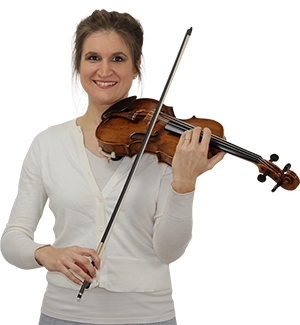
Hi! I'm Zlata
Classical violinist helping you overcome technical struggles and play with feeling by improving your bow technique.
Third hour: Repertoire
Yup, I know you actually want to start with repertoire right away, but practicing scales and etudes first gives you a great warm up. You’ll notice that practicing your repertoire will be so much easier and more effective. You have your ‘technical toolbox’ at hand and can focus much more on musicality.
Finding the right balance in your practice session
I know you might not have the time to practice three hours a day. Maybe you have just half an hour. Still you can use this practice schedule, just do 10 minutes each or have a ‘scale day’, ‘etude day’ and ‘repertoire day’.
It’s hard to find the right balance. In my conservatory days I played two hours of scales each day, two hours of etudes and technique and just one hour of repertoire. Later, when I had concerts and orchestra rehearsals, I had so much repertoire to practice that I hardly practiced scales and etudes.
However, try to find the right balance. Do you have a busy time learning a lot of repertoire, see if you can fit it some scales and technique even if it’s just a warming up. The results are so much better.
Do you want to learn from maestro Perlman yourself?
Masterclass.com has just launched a wonderful course by Itzhak Perlman. I binch watched it in one evening! It’s jam packed with about everything around violin basic technique, practicing, learning repertoire and performing.
What I admire about this course is that it’s suitable and understandble for so many levels: even it you’re just interested in the violin, it can be really insightful and inspiring. Beginner and intermediate violin players, professional violinists and violin teachers can take from the course what they need at that moment. You can always dive deeper into the concepts.
When you love the violin in any way, this course is an absolute must have. I recommend watching the lessons now and repeat it later, because depending on your level you can take away different gems from this course.
PS: Sometimes I buy something I think is extremely valuable for other violin players. In this case this is the online course by Itzhak Perlman at Masterclass.com. I bought and followed the course myself and I’m happy to refer you. When you join the course through the above button, you pay exactly the same as that you find the masterclass yourself. However, using the above link Violin Lounge gets a small commission. This income is used to finance this website, the free articles and violin video lessons we put out there. Isn’t that a win-win-win deal for all of us?
PPS: Watch my video with the 3 violin hacks I learned from Itzhak Perlman.

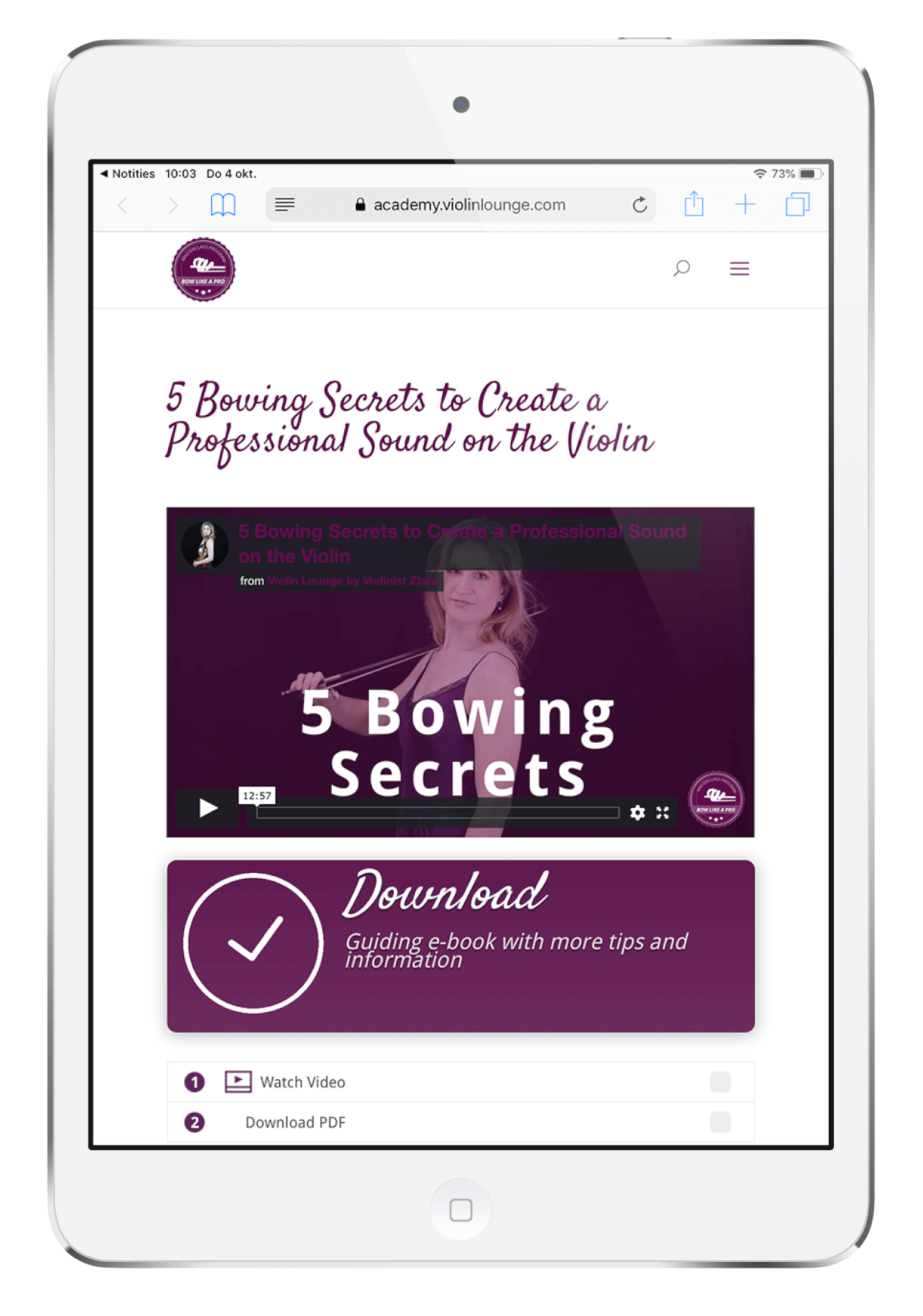
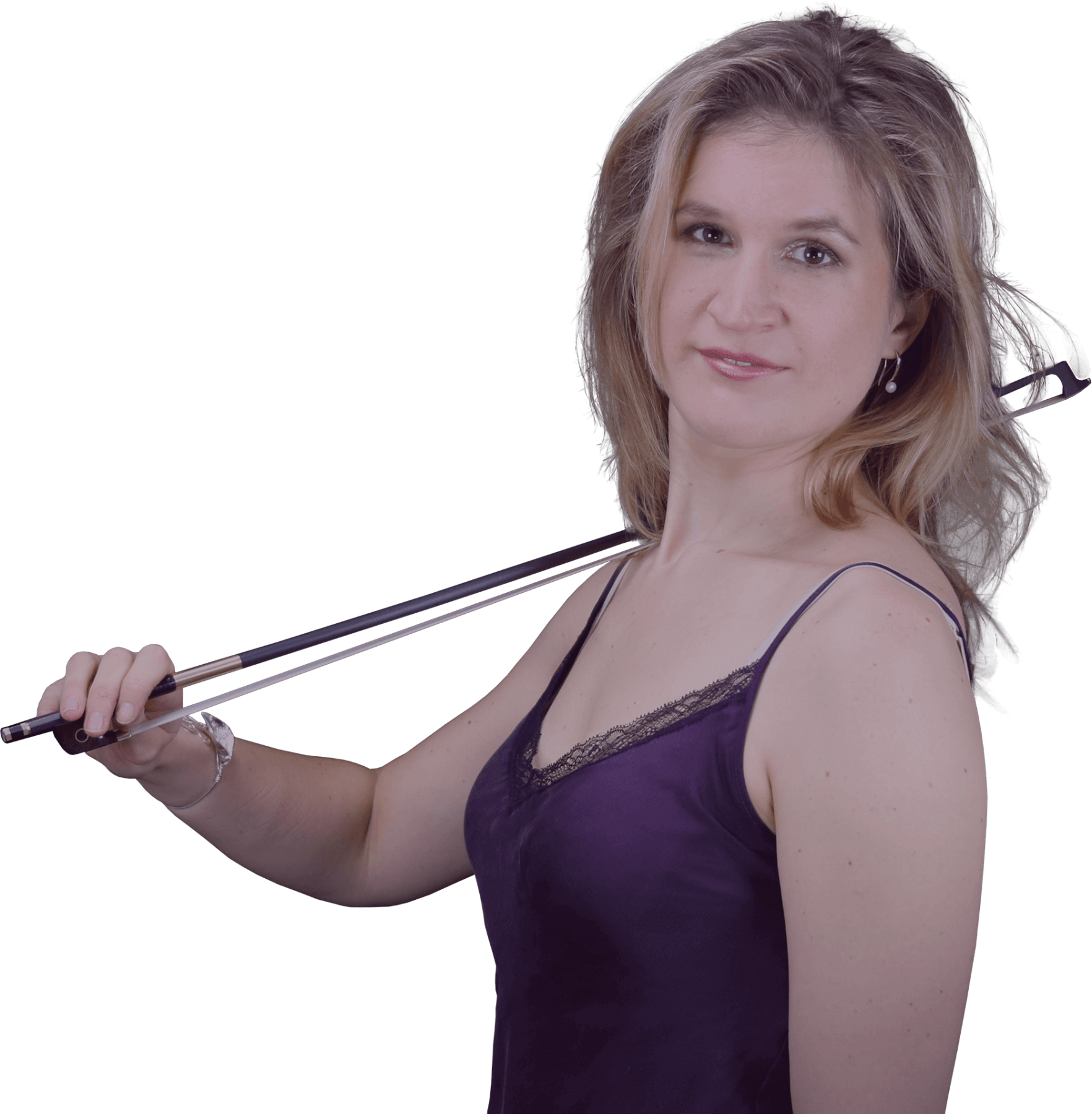
 When I started playing the violin at the age of eight, I used a yellow bath sponge with an elastic band
When I started playing the violin at the age of eight, I used a yellow bath sponge with an elastic band